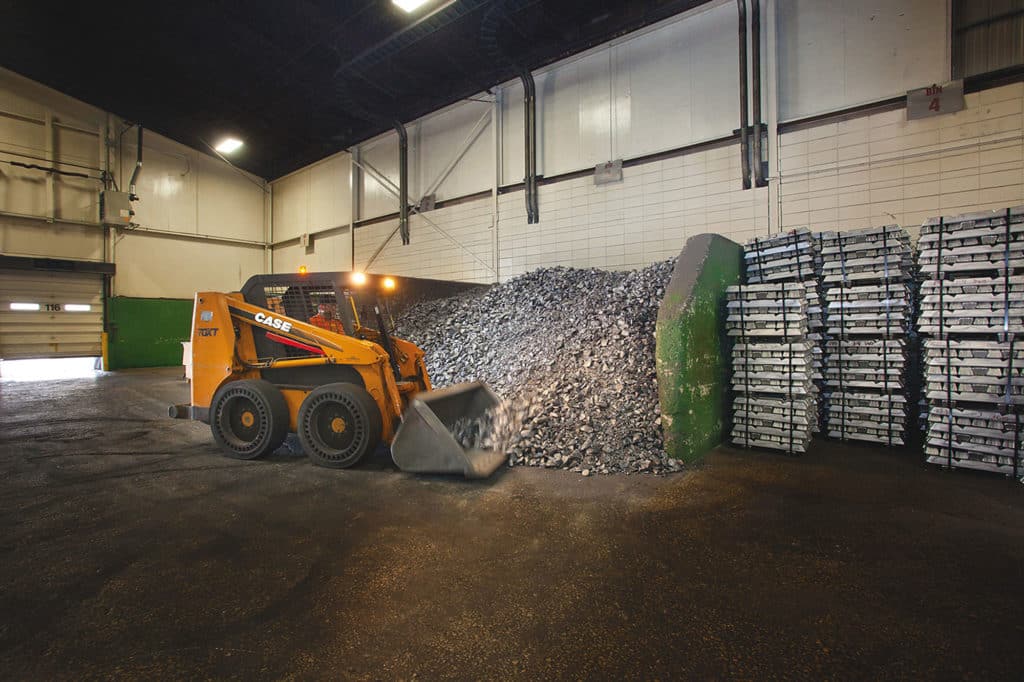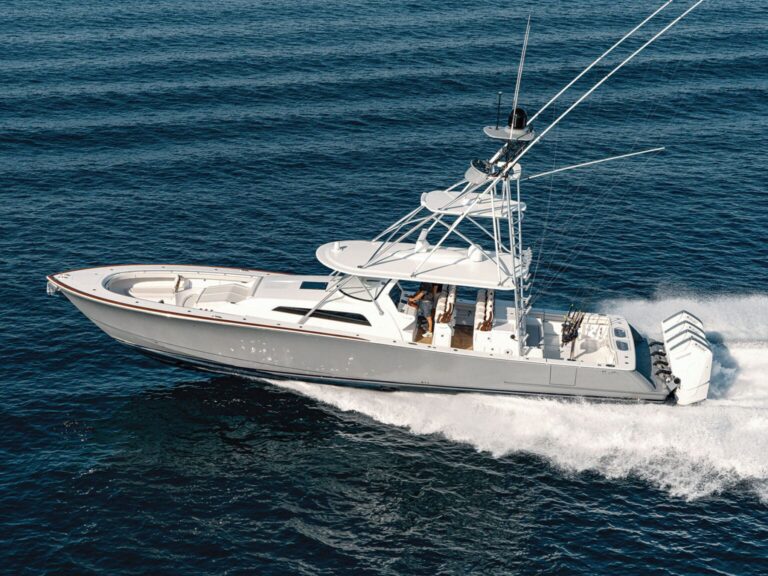
Thom Dammrich, President of the National Marine Manufacturers Association (NMMA), today issued the following statement after the Trump Administration implemented the first phase of Section 301 tariffs on approximately $34 billion worth of select Chinese products – including marine engines, navigational equipment, and components.
“On one hand, we’re happy to see the Trump administration is committed to cracking down on China for stealing U.S. intellectual property—including our members’ inventions. But on the other hand, putting a 25 percent tariff on $34 billion in products used by American manufacturers is the wrong solution. Not surprisingly, with China fighting back and officially kicking off yet another trade war, recreational boating is being uniquely targeted because of our status as a true American-made industry.
“As a result of the administration’s decision to move forward with its Section 301 tariffs, nearly 300 commonly used marine related products will immediately cost 25 percent more. There is no way to simply weather the storm and see how this shakes out as the cost of doing business for our members has instantly increased. For some products, the additional cost to marine manufacturers will be in the thousands of dollars, resulting in employment changes, canceled expansion plans, and halted growth. We are having a hard time understanding why the President is choosing tariffs when they are directly putting millions of American jobs on the line, including the 650,000 supported by the U.S. recreational boating industry.
“To top it off, a trade war does nothing to address the real problem—intellectual property theft. Instead of following in the footsteps of previous administrations and bringing on economic turmoil from tariffs, we need President Trump to get creative and negotiate substantive trade agreements that truly benefit American businesses, consumers, and workers.”
Trade Background:
The final list of Chinese products subject to a 25 percent tariff (Section 301) contains nearly 300 marine products, including engines and navigational equipment. These components are incorporated into the majority of recreational boats and will impact the entire industry. For some products, the additional cost to the consumer would be approximately $2,000.
These tariffs are compounded by the Administration’s 10 percent tariff on all aluminum imports (Section 232) and countervailing and anti-dumping duties on common alloy aluminum sheet. As a result, the global price of aluminum has already increased by 20-30 percent.
Common alloy aluminum sheet is a primary material used in 44 percent of new boats built in the U.S. These boats represent 117,000 new powerboat sales each year, and account for $3 billion in retail sales.
Canada, Mexico, and the European Union (EU) have already implemented retaliatory tariffs on U.S. products in response to Section 232 tariffs. All trading partners have included various types of recreational boats on their lists. Each partner’s full list can be found here: Canada, Mexico, the EU.
The retaliatory tariffs on U.S. recreational boats, which are already resulting in order cancellations, are listed below.
Canada – 10 percent
Mexico – 15 percent
AdvertisementEU – 25 percent
95 percent of boats sold in the U.S. are made in the U.S., meaning these sales benefit American businesses and workers alike.
As history has shown, each of these tariffs threaten to increase the cost of manufacturing in the U.S., which will in turn result in less domestic production, higher prices for American consumers, and fewer jobs for American workers.








